
FM8 Tutorials
How to Design a Better Synced Chopper Bass with FM8
There have been many, many variations on the chopper bass over the years, from funk to hardcore electronic. This quick tutorial shares how to make a better chopper bass with FM8!
Although this style of bass has taken on many, many forms over the years, one thing has remained consistent – chopping progressions into rhythmic articulations of some kind. You hear it in funk music when the bassist is slapping, pulling and sweeping to really drive a song forward. You can also hear it in electronic music like Drum n’ Bass or Techno, most commonly in specific sub-genres. This particular synth is designed with flexibility in mind. And the idea behind this lesson is to share how you can make a better chopper bass in FM8 that can be used in many ways. Of course, we will only have the time to share a few uses, but I’m sure you’ll have fun experimenting and finding new uses on your own after you are done following along with this walkthrough.
It all starts in the FM Matrix, where Operators C-E are routed into Operator F as modulators. Both Operator B and F are Carriers that feed into the Noise/Saturator unit *Operator X), which in turn feeds into the Filter unit (Operator Z), which is routed to the main output strip. As you can see in the image below, there is plenty of feedback on several of the operators to help sharpen the sound and add soem harmonic elements to the mix. This will help our chopper bass cut through the mix and capture the listener’s interest.
Below are the settings for both Operator X and Z. These are both essential to the shape, delivery and subtle atmosphere of the chopper bass, but can easily be tweaked for your own project’s needs.
Each of the main Operator Envelopes is set up slightly different, and have a rounded character similar to what you may expect from a horn synth. This can also easily be changed depending upon how you intend to use the chopper bass in your projects. This is all part of building more flexibility into the synth as we progress through the sound design process.
The Total number of Unison Voices is increased to three on the Master window. The voices are then spread out via the Detune and Pan parameters. There is also a fair amount of both Analog and Digital Quality introduced for additional character.
The last step is to set up the Effects window. This is where we finish shaping the sound with EQ units, and set it into motion with the Tremolo effect. Some subtle Chorus/Delay settings help thicken the chopper bass just a bit and also add a touch of motion, while the small amount of Reverb offers a little more space for the sound to move around in.
Here is a small audio sample of the chopper bass in action. No processing of any kind has been applied outside of FM8.
[audio:https://www.fm8tutorials.com/wp-content/uploads/2013/05/FM8-Chopper-Bass-by-OhmLab.mp3|titles=FM8 Chopper Bass by OhmLab]So what makes this chopper bass ‘better’? The idea is simple. Since we used the Tremolo to provide the synced chopper effect, that leaves the arpeggiator free for you to program sequences. It is also designed specifically for use across a wider range of octaves than most chopper bass synths. This way you can also use it as an arpeggiated lead synth or a supporting mid-to-high range embellishment. Since there are plenty of subtle harmonics built-in, you can also get quite creative with your processing of this synth in your DAW and achieve fantastic results. One more thing is that you can simply swap out waveforms without disrupting the sound, which makes it easy to find new versions without a lot of effort and find the right fit for the genre you happen to be producing for.
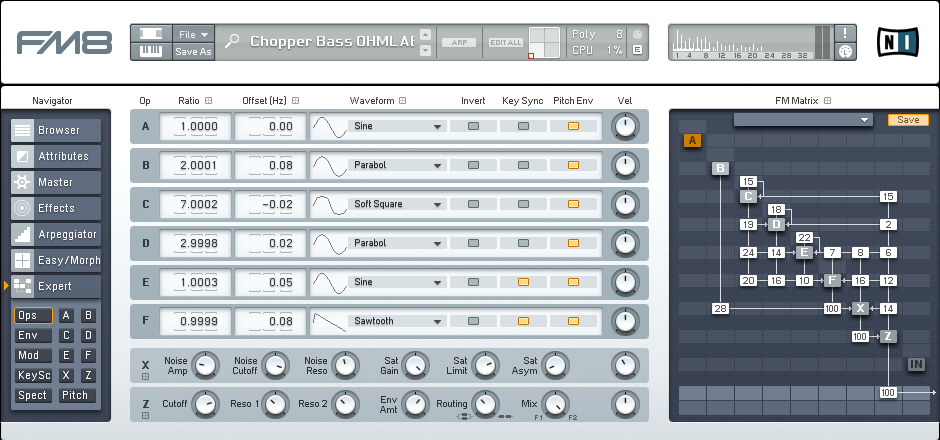
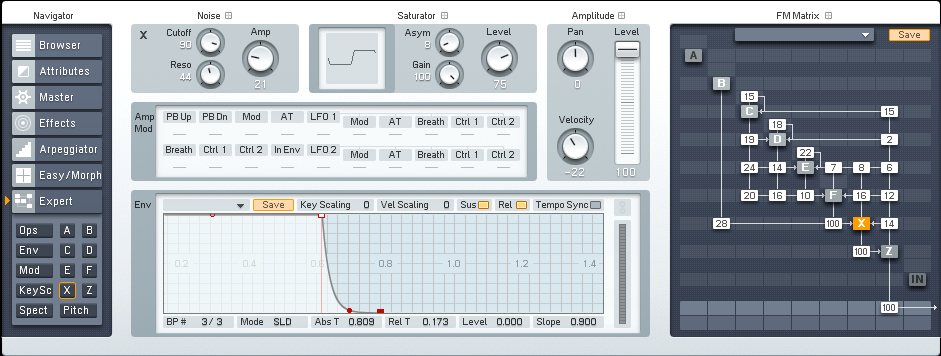
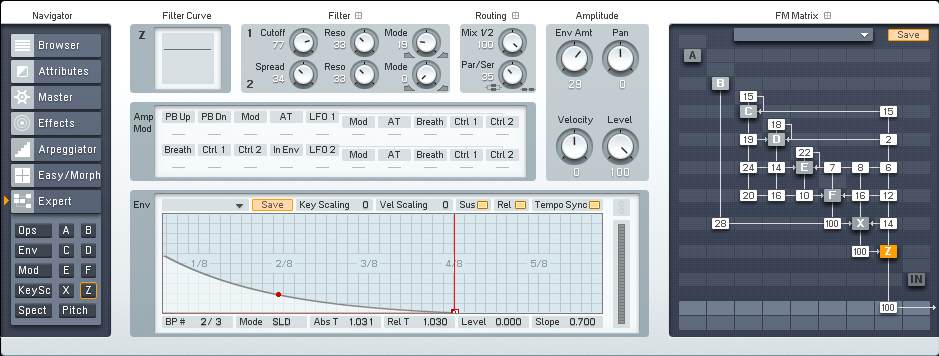
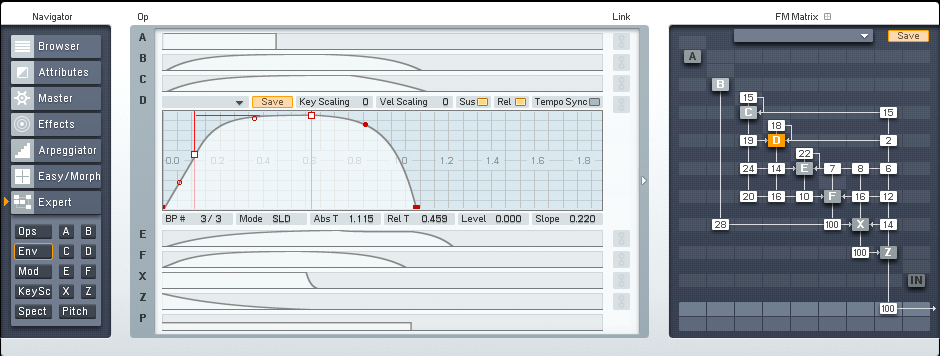
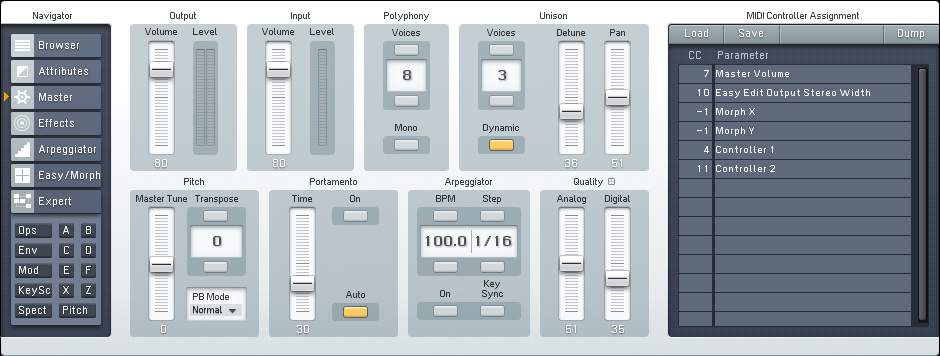
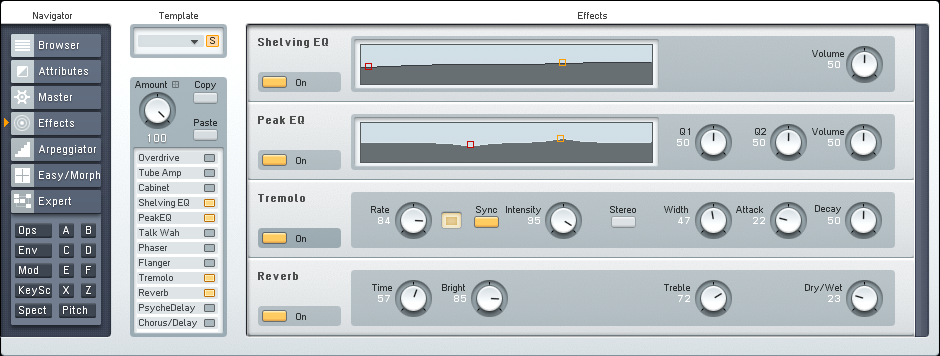
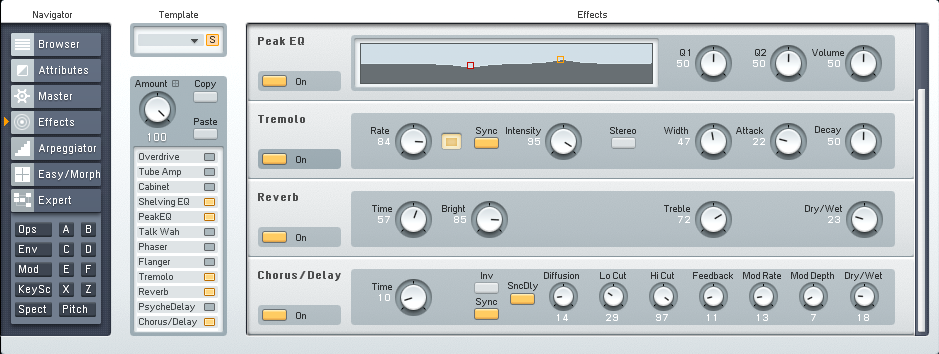
 YOUTUBE
YOUTUBE